Even teams with experienced digital strategists and dedicated community managers can struggle to keep key social metrics trending upward.
Most marketers dread seeing a line graph that’s stagnant – or worse, declining. Maybe it’s due to repetitive posting. It could be because your social strategy is outdated.
Regardless, nurturing a strong social media presence is increasingly important. By 2020, 85% of the average consumer’s relationship with a company will be managed through non-direct human interaction, according to Gartner Research.
Look over these 10 reasons why your core social media metrics aren’t improving, and consider the tips we suggest to fix them:
Table of Contents
- 1. Click-Through Rate (CTR): You don’t experiment with your post content
- 2. Network Referral Traffic: You’re not active on all the platforms at your disposal
- 3. Trackbacks: You’re not building an audience beyond social media
- 4. Reach and Impressions: You’re not varying your posting schedule
- 5. Engagement: You rely too heavily on text
- 6. Fan and Follower Counts: You don’t create conversations
- 7. Social Influence Score: Your content doesn’t inform or interest your audiences
- 8. Share of Voice: You don’t create enough informative, interesting content
- 9. Positive Sentiment: Your social listening strategy is non-existent
- 10. Conversions: You don’t test your posts, forms and landing pages
- Thoughts to Reflect on Regarding Why These Key Social Metrics Don’t Grow
1. Click-Through Rate (CTR): You don’t experiment with your post content
What’s the recipe for a static click-through rate? Repeatedly posting the same copy and content, forgoing experimentation to see what entices users to click the links you share.
By writing similar copy for each post, you risk encouraging only a small portion of your audience to interact with your updates. Worse still, it could be the same small portion.
How to Improve this Social Media Metric
To grow the click-through rate of your posts, alter and analyze:
- Calls-to-Action (CTAs): Posts that contain calls-to-action that are verb- and adverb-heavy have higher click-through rates than ones bogged down by nouns and adjectives, according to social media analyst Dan Zarrella.
- Try different phrasing to encourage clicks, and see which words work best.
- Image Use: Adding a picture to your link and copy has the potential to almost double your click-through rate, according to a HubSpot study. Facebook posts with photos that complement links earn 84% more clicks than posts made up of just text and a link.
- Keep catching people’s eyes by posting diverse graphics in different colours.
- Copy Length: Short copy typically earns more clicks than long copy, according to many studies. For example, Jeff Bullas found Facebook posts with 80 characters or less earn 66% more engagement than ones made up of more than 80 characters. Copyblogger determined that Google+ headlines shouldn’t exceed 60 characters.
- Experiment with character length, and writing short or long words, to determine how to optimize your click-through rate.
2. Network Referral Traffic: You’re not active on all the platforms at your disposal
Almost a third of all website traffic comes from social media, according to a 2015 Shareaholic report. What’s more, analytics firm Parse.ly says Facebook alone drives more traffic than Google for some news and content-based organizations.
How to Improve this Social Media Metric
To increase your social network referral traffic, try to:
- Post to More Groups and Communities: Just because you have Google+, LinkedIn and Facebook pages doesn’t mean you’re truly active on the platforms. Search for groups within your sector and post content to them. Commenting on other posts may also boost traffic to your profile.
- Find Lesser-Known Platforms: Your industry and audience likely have niche forums and online communities. Run a few Google searches to find them. Post and comment away once you’re a member.
- Let’s say you’re a marketer for a plastic surgery clinic. Here are the top results page for “cosmetic surgery forum”:
- Grow Your Fan and Follower Counts: Average engagement rates are remarkably low on most social platforms. For example, Twitter and Facebook have 0.03% and 0.07% engagement rates, according to Forrester research. By building a bigger social following, more people will interact with your content and wind up on your website.
- You’ll learn how to earn a larger audience later in this blog post.
Pro-Tip: Although your follower count is considered a vanity number, there are ways a high number of targeted followers can add value to your social strategy. For example, it’s cheaper to advertise to your fan base on Facebook than it is to advertise to people who have not liked your page. Find clever ways to direct visitors to your website – to like your page or follow you – so you can purchase more affordable impressions when retargeting them on social media.
You can boost trackbacks – which are counted when another website or platform links to your website or content – by boosting your activity away from your social dashboard.
How to Improve this Social Media Metric
Gain a higher number of trackbacks by:
Participating in Industry Events: As more people learn about your brand, you should gain more inbound links on social media. Run a booth to promote your product. Create valuable physical content to hand out. Strike up a conversation with attendees.

- Contributing to Other Blogs: Guest posting is a way to present your ideas to new readers within your target audience. If they click the link in your author bio to visit your blog, you may gain more inbound links. You can also encourage people to guest post on your site, as they’ll share links to the content they’ve created for your domain.
4. Reach and Impressions: You’re not varying your posting schedule
By posting during the same times each day, you fail to determine if there are outlying hours when more users than normal see your updates.
You can find these outlying times by mixing up your posting schedule over a set period, measuring the reach and impressions of each post to see if a certain hour yields higher numbers.
How to Improve this Social Media Metric
Vary your posting schedule by:
- Following Established Posting Research: Although there have been many studies about the best times to post on different social platforms, there seems to be a general consensus on which times work best. As per the Huffington Post, they are:
- Twitter: 12 – 6 p.m.
- Facebook: 9 a.m. – 7 p.m. on Thursday and Friday
- LinkedIn: 10 – 11 a.m. from Tuesday to Thursday
- Posting During Non-Peak Times: Sharing content when the bulk of your audience is online won’t always increase reach. Posting the same amount of links, marketing researcher Jon Loomer earned an average reach of almost 13,000 during non-peak hours compared to an average of less than 9,000 during peak time.
 5. Engagement: You rely too heavily on text
5. Engagement: You rely too heavily on text
To stick out in feeds of countless tweets or updates, your posts shouldn’t be made up of just text.
Your engagement rate – the number of likes, shares and comments a post receives compared to your amount of followers – won’t rise if you can’t catch your audience’s attention.
How to Improve this Social Media Metric
Trend your engagement rate upward by:
- Posting More Links: Posting links is the best way to boost shares, according to a 2010 Microsoft study. Analyzing more than 200,000 retweets over a two-month span, researchers found 52% contained a URL. That compares with 18% that included a hashtag and 9% that had an @mention.
- Ensure you write coaxing copy and link to informative content.
- Including More Images: Posting images is the next best way to increase engagement, says data from a 2013 Buffer study. Tweets with pictures get 18% more clicks, 89% more likes and 150% more retweets.
- Post images that reflect the nature of your brand and content, not throw-ins that risk confusing your followers.
 6. Fan and Follower Counts: You don’t create conversations
6. Fan and Follower Counts: You don’t create conversations
When you ignore a social prospect, you lose a chance at growing your audience. Worse still, you may encourage people to unfollow you.
Being “social” on social media implies interacting with consumers who are already talking about you. It also means striking up discussions with those using relevant hashtags and keywords.
How to Improve this Social Media Metric
Grow your fan and follower counts by:
- Responding to Questions: 40% of messages consumers send to brands over social media require a response, according to Sprout Social research. Responding to someone who asks a question can turn them into a fan or follower.
- Responding to Mentions: Whenever someone shares your posts or tags you in a comment, take a few seconds to respond. You’d be surprised how many followers you’ll get by saying thanks.
- Giving Followers What They Want: Prevent the loss of followers by offering incentives. HubSpot data reveals – on Facebook alone – 58% of users want access to exclusive sales, events or content for liking your page. The same percentage of people look to get discounts and promotions.
7. Social Influence Score: Your content doesn’t inform or interest your audiences
Your social influence – the ability to affect online action through your posts and content, measured by tools such as Klout – won’t improve if the material you share doesn’t appeal to your audience’s foci and pain-points.
How to Improve this Social Media Metric
Put together a content strategy that:
- Follows Search Intent: Creating a blog post calendar that meets search intent – the dominant reason why people research a given term – is a method of meeting your market’s content needs and desires. To discover search intent, Google a keyphrase and study the top results to figure out what they have in common. For example, the top results may all be how-to guides.
- Avoids Seeking Artificial Influence: Consider what Lee Odden, CEO of TopRank Marketing and author of Optimize, said in our influencer interview series.
“When I say influencer, I mean the ability to affect action.
There’s a distinction between what I like to call “brand-dividuals” and influencers. Brand-dividuals are popular. When they talk about a given subject, people may take notice yet not necessarily act. But gosh – they certainly have high fan, friend and follower counts.
We do a lot of influencer marketing, and brand-dividuals certainly have their place. But as an individual, you have to earn your influence by being a subject-matter expert or authority. And you have to give evidence of that authority.
So, the ability to acquire influence is directly tied to your abilities to create and inspire action. In a way, the less you try to be influential, the more you can spend time on creating value and actually making great stuff with great people.”
There you have it. Create content that demonstrates your unique knowledge, giving your audience value they can’t find from competitors.
Having a small share of voice indicates your competitors are more popular and authoritative on social media than your brand.
A largely-unmeasured social statistic, it’s the percentage of mentions within your industry that your brand earns. Calculate it by:
- Adding up the posts on a given platform that mention your brand
- Adding up the posts on a given platform that mention your competitors
- Dividing your brand’s number of mentions by the sum of mentions among you and opposing brands
How to Improve this Social Media Metric
Win a larger share of voice by:
- Increasing Your Blogging Frequency: Developing more content is the most straightforward way of building a more prominent voice on social media. For example, if you write one blog post a week and can’t crack 75 shares, writing two blog posts of similar quality in the same time frame should double your weekly shares. Of course, this is easier said than done and may require an extra content writer.
- Creating More Evergreen Content: Whereas articles based on news and statistics may go out of date, evergreen content is timeless material that stays “fresh” for readers. Aimed to rank highly for relevant searches, an evergreen piece can, for example, be a top 10 list.
Without a social listening strategy, you’ll have trouble identifying users who spread negative sentiment about your brand.
Also called social media monitoring, a proper social listening approach involves monitoring keywords and hashtags to determine what people are saying about your brand on virtually any digital space.
By not implementing one, you won’t be able to communicate with displeased consumers to help shift their sentiment into positive territory.
How to Improve this Social Media Metric:
You can work to turn negative into positive sentiment by:
- Tracking hashtags and keywords: Use a social media monitoring tool to collect data about hashtags and keywords relevant to your brand and industry. Make sure to track negative keywords such as “can’t” and “doesn’t” to identify unhappy users.
- Reaching out to people who express concerns: Send a message to consumers who are displeased with your brand or product. Try to resolve their issues by offering a tip or counterpoint in a friendly manner. If possible, offer a sample or free trial.
10. Conversions: You don’t test your posts, forms and landing pages
Converting social followers to product users largely depends on driving them to targeted landing pages and opt-in forms.
But can your forms and pages be truly successful if you don’t optimize them based on test results? The majority of digital marketers argue you can’t.
How to Improve this Social Media Metric:
To boost your conversion rate, plan to:
- Experiment with Link Positions in Social Posts: You may drive more prospects to your landing page by including links earlier in your posts, according to Zarrella’s social research. Examining 200,000 tweets, he concluded users are most likely to follow a link if it appears a quarter of the way through.
- Split Test Headlines: Run a landing page A/B test to determine if headline phrasing impacts conversations. As one example in Wishpond’s split testing case study series shows, a business upped sales by 6.5% by changing a landing page’s headline.
- Limit the Number of Fields in Forms: Including too many fields in conversion forms can exhaust visitors, says research from Formstack – a program for building web forms. Landing page forms with less than five fields see a 160% conversion increase over forms with more than 10 fields.
Thoughts to Reflect on Regarding Why These Key Social Metrics Don’t Grow
It’s easy to make mistakes that hinder the development of your core social media metrics. They’re often the result of an incomplete marketing strategy or because you don’t dedicate enough time to social media.
Regardless, these 10 mistakes are somewhat easy to fix. But as it typically takes time for metrics to recover, don’t fret if growth isn’t immediate.
When you start seeing graphs trend upward, your hard work will feel worthwhile.
Keyhole is a real-time conversation tracker that provides keyword and hashtag analytics for Twitter and Instagram. Get started for free and search your brand now.
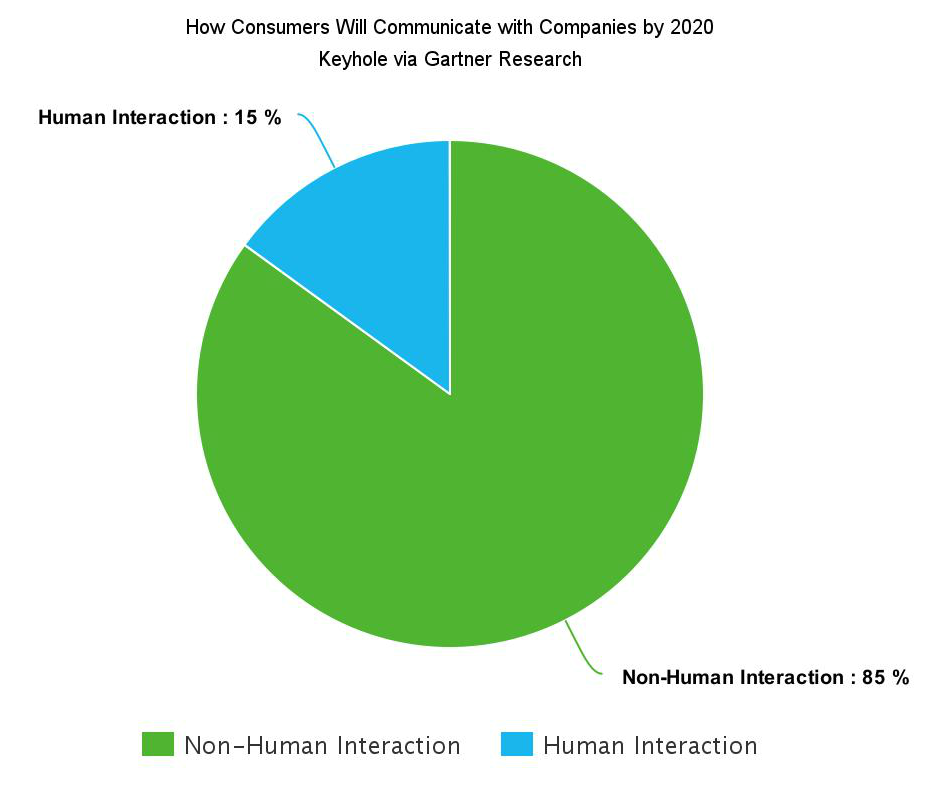

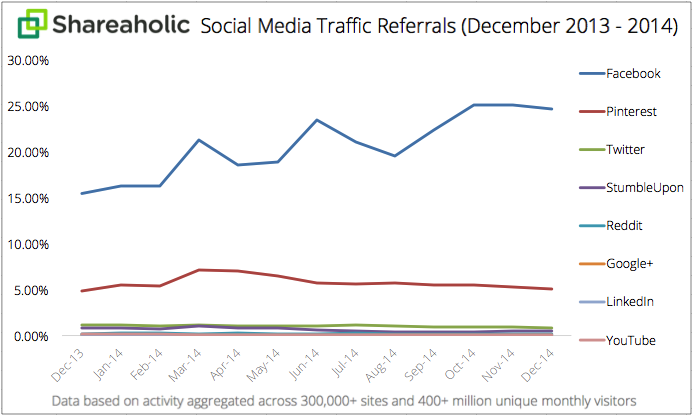

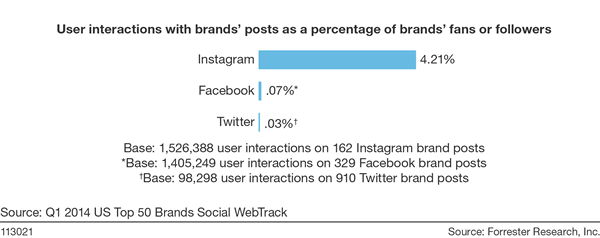
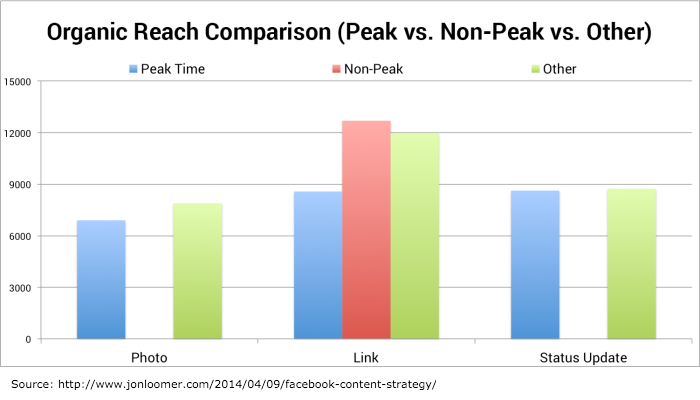
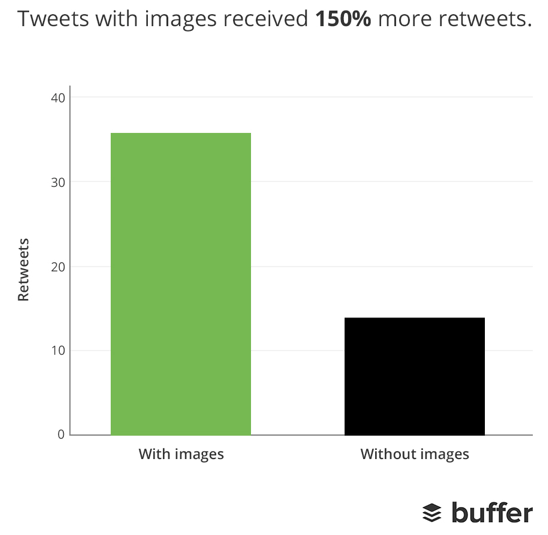
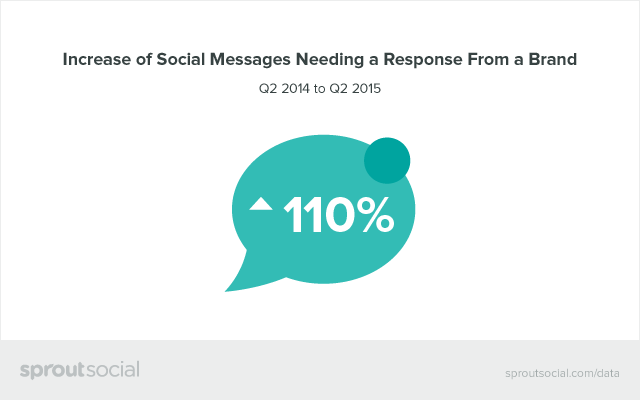
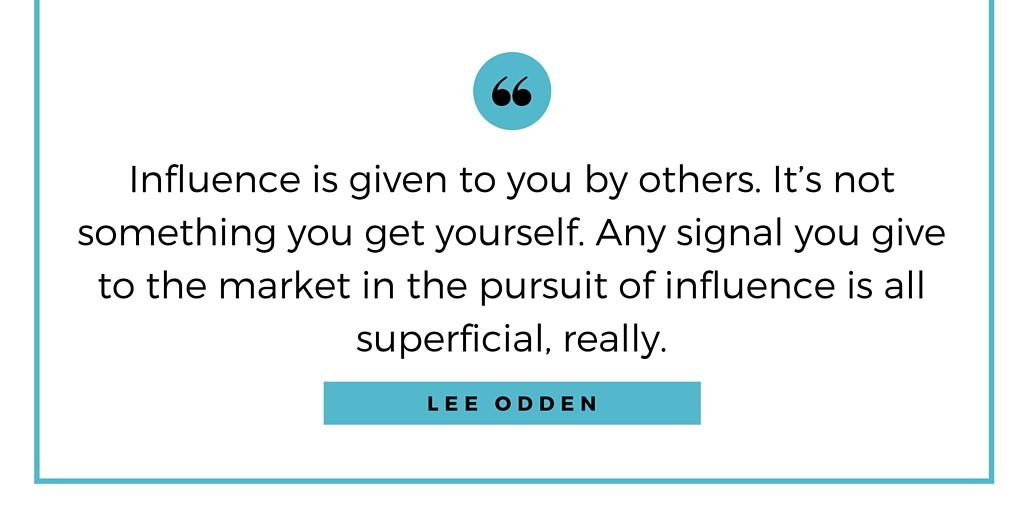

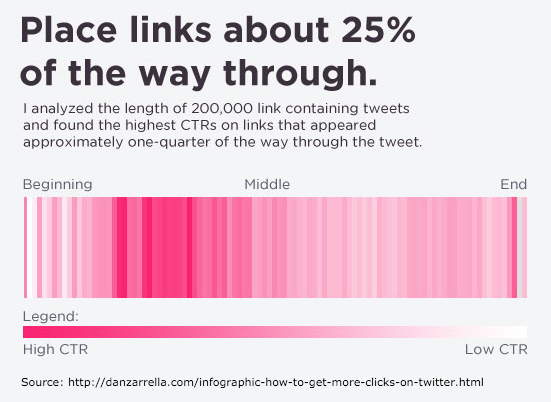
15 thoughts on “10 Mistakes That Keep Your Key Social Metrics From Growing [+ Tips To Fix Them!]”
Comments are closed.